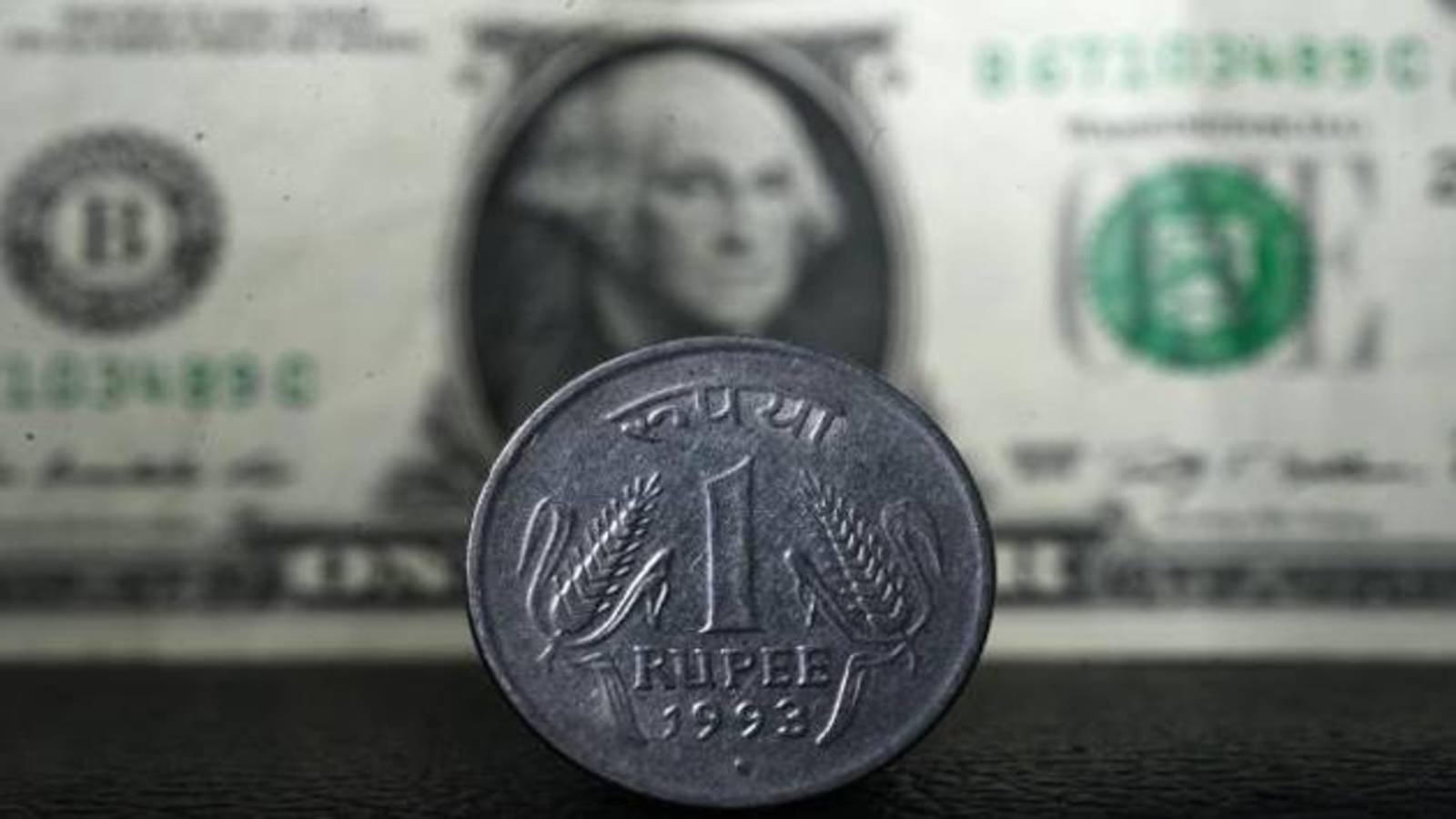In the early hours of trading, the Indian Rupee exhibited a notable upward trend as it appreciated by 4 paise against the US dollar, reaching a value of 82.92. This development in the foreign exchange market reflects a positive sentiment towards the Indian currency, indicating potential strengths in the country’s economic landscape.Several factors could contribute to the Rupee’s appreciation. One key element is the overall economic performance of India. If the country demonstrates robust economic indicators, such as GDP growth, low inflation, and a stable fiscal policy, it tends to bolster investor confidence, leading to an increased demand for the Rupee.
Global economic conditions and geopolitical events also play a crucial role in influencing currency values. Positive developments on the international stage, such as favorable trade agreements or geopolitical stability, can contribute to a stronger Rupee against major currencies like the US dollar.Central bank policies, particularly those of the Reserve Bank of India (RBI), can significantly impact the exchange rate. If the RBI implements measures to control inflation, maintain a stable currency, or attract foreign investment, it can contribute to the appreciation of the Rupee.
Traders and investors closely monitor currency movements for various reasons, including international trade, investment decisions, and risk management. A stronger Rupee can have implications for importers and exporters, affecting the cost of goods and trade balances.It’s important to note that currency markets are dynamic and influenced by a multitude of factors. Therefore, fluctuations in exchange rates are common, and the Rupee’s performance against the US dollar will continue to be subject to various economic, geopolitical, and market-specific variables.







